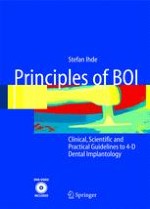Gepubliceerd in:
2005 | OriginalPaper | Hoofdstuk
27. From Knowledge and Skill to Action
Abstract
Experienced housekeepers will know exactly what they have to pay attention to when caring for houseplants. They will consider various factors: the size of the pot, the size and nature of the plant, its location, the quality of the soil, the size of the windows, heating and ventilation, sunlight, the season (incident sunlight angles, amount of sunlight, excessive heat in summer), the last time the plant was repotted, and regular watering and fertilization – to name just a few of them. Some factors will be immediately obvious to anyone – other factors belong to the realm of the housekeeper’s special knowledge.
